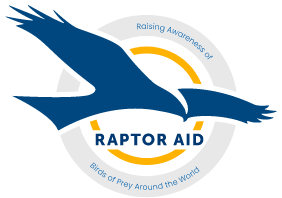What's that pellet?
Have you ever come across an owl pellet? bit of a strange question really but if you did would you know what your looking at and how monitoring them can help understand local owls fortunes with out having to see the owls themselves.I'm very lucky that I monitor a pair of Barn owls that roost in an old derelict cow shed and every couple of months I pop into the barn to look for signs of activity and that includes finding owl pellets. Now I must point out that this is done under licence as the Barn owl is a schedule 1 protected species and offered the highest protection in Britain and I also make sure I visit if good weather and close to dusk in case I disturb the owl(s).On this occasion there were no owls present but plenty of signs to show that they have been present and quite recently. Take a look at the pictures below to help explain what I'm looking for.

The old cow shed where the owls roost, you can just imagine a Barn owl perched on one of those beams dozing. Classic Barn owl haunt.

Although not home today the owls actually roost up in the plaster board which is peeling off the roof. I have seen the birds before squashed flat to fit in and it looks incredibly awkward but maybe for a Barn owl its perfect. It's what lies beneath which gave them away.

Firstly I find patches of white in certain areas of the barn, this is the faeces from the owl and shows their favourite perches or beams.

I then want to find these two things, the owls pellets and any moulted feathers. The feathers and the pellet confirm the species, clearly a Barn owl flight feather and large black pellets classic of this species. The reason this is important is because in the roof space next door I often find a roosting Tawny owl. If you look at the above pellets we can actually gauge how long they have been on the floor for and so whether the owl has been using the barn recently. The top pellet is the freshest in fact I would guess it was regurgitated in the last 12 hours as it was still very soft and shiny. As the pellet gets older it will go a darker black and then grey like the second and third pellet. The final pellet is the oldest and that is because it has now started to break down and disintegrate. In total there was 15-20 pellets under the peeling plaster board from completely disintegrated to very fresh.

This is what the Barn owls really need, fantastic rough rank grassland to hopefully sustain a healthy rodent population for a successful breeding pair of owls. The birds often breed just down the lane from this patch of grassland in a nest box. Sadly last year they lost out on the nest box to Jackdaws but I like to think they found a nice hollow tree somewhere. The year before a pair of Barn owls bred in the box and raised four healthy youngsters.
I will take these pellets away and either dissect them myself to find out what the owls have been eating or take them into local schools for the children to investigate. If you want to learn more about dissecting owl pellets you can check out an instructional video I made here.
